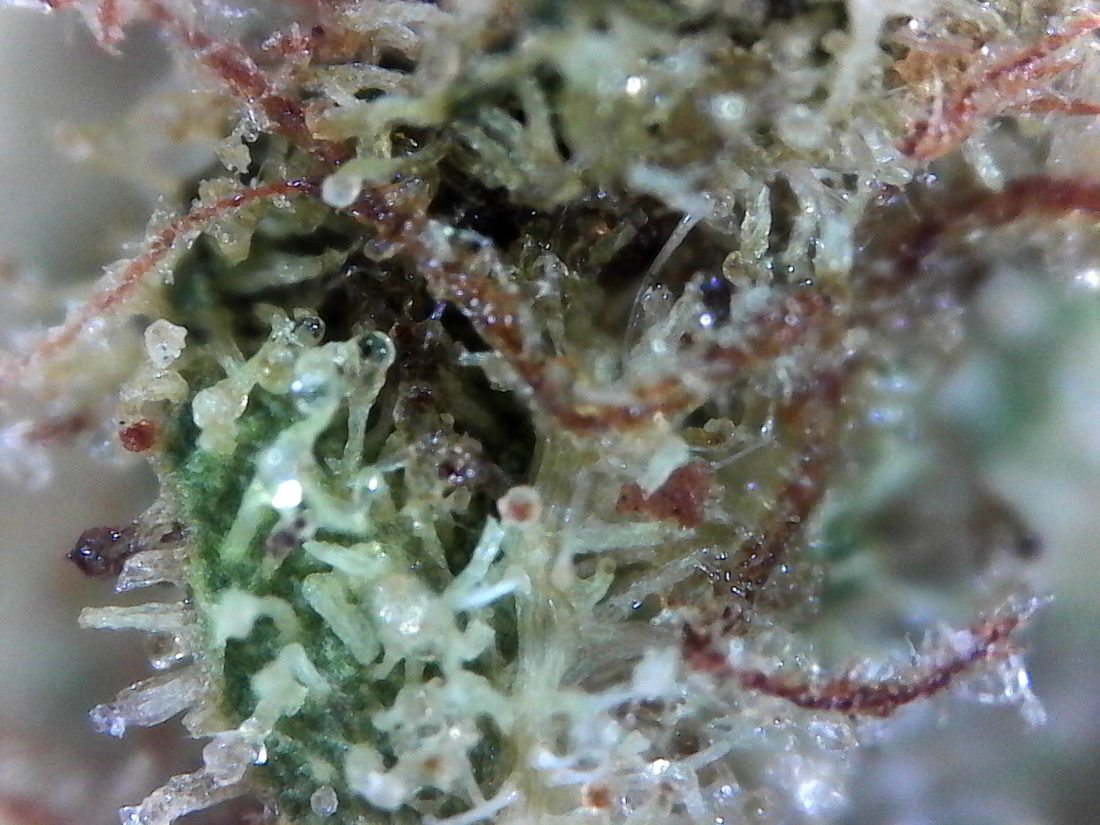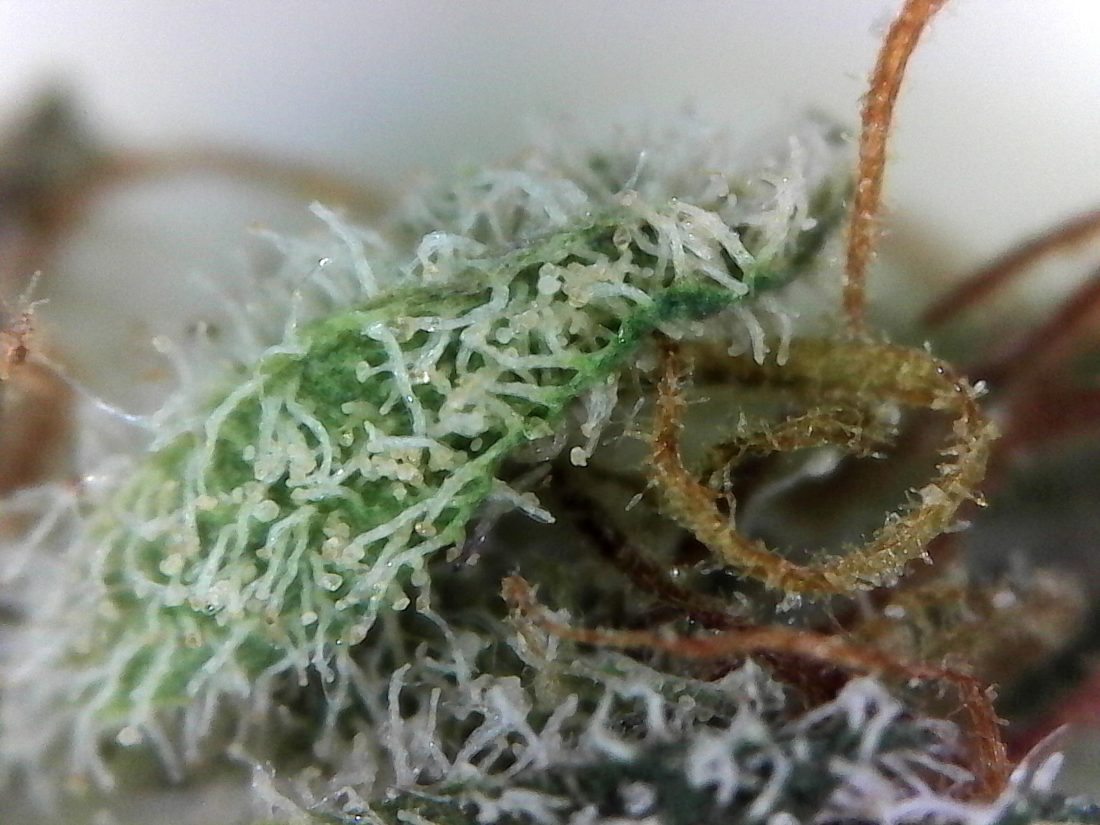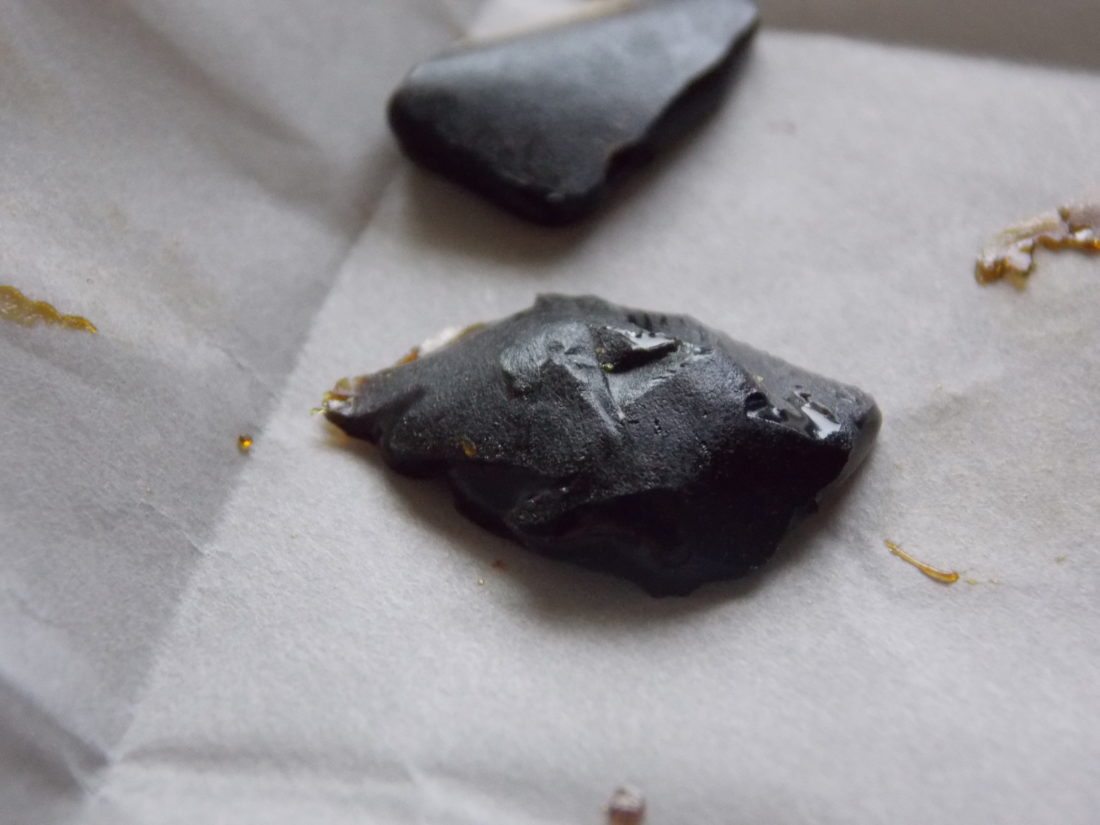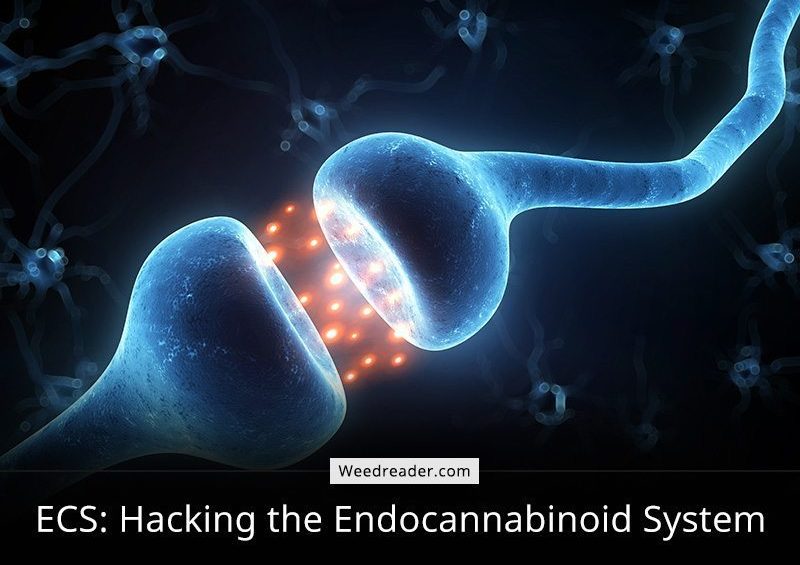Cannabis users often wonder how cannabinoids work.
Therapeutic chemical compounds known as cannabinoids interact with a system in our body called the endocannabinoid system (ECS). These compounds provide medicinal relief for conditions involving pain, inflammation, and nausea to name just a few. Cannabinoids and terpenes are the chemicals in marijuana responsible for providing relief to patients. They work by fitting into special receptors in certain cells in the body. There are more than 480 natural components found within the cannabis plant and each works with the body to achieve homeostasis.
Cannabinoids were the first compounds in cannabis to be studied. Scientists learned that there are receptors throughout our bodies that help modulate many bodily functions. A few of the systems that are tied to and affected by cannabinoids include appetite, sleep, anxiety level, and cognition.
In fact, some cannabinoids target specific receptors located on the surface of cells in different areas of the body making studying them very important. Their pharmacological delivery possibilities open up whole new worlds of highly targeted treatments that don’t cause damage to nearby cells.
So what is the endocannabinoid system?
The endogenous cannabinoid system(ECS) was named after the plant that led to its discovery. The ECS is one of the most important physiologic system involved in human health. This is because endocannabinoids and their receptors permeate the body. The brain, organs, connective tissues, glands, and immune cells of every human are laced with cannabinoid receptors. In each tissue uses the cannabinoid system a little differently. The main purpose of the ECS is to achieve homeostasis in the body.
Endocannabinoids and cannabinoids are found in the intersections of the body’s various systems. These intersections are vital to communication and coordination between different cell types. At the site of an injury, for example, cannabinoids decrease the release of activators and sensitizers. This stabilizes the nerve cell and prevents excessive firing.
The ECS has the added effect of calming nearby immune cells which prevents the release of pro-inflammatory substances. There are different mechanisms in different cells that work with cannabinoids to minimize the pain and damage caused by injury.
The endocannabinoid system is literally what bridges the mind and body as it regulates our immune system, nervous system, and all of the body’s organs. By understanding the depth and complexity of our genetic systems interactions with cannabinoids, we reveal how interconnected we are with the world around us.
In addition to regulating internal and cellular homeostasis, cannabinoids influence how a person perceives the external environment. Cannabinoids directly influence a person’s open-mindedness by mediating neurogenesis, neuronal plasticity, and learning. This is one reason cannabis is so exciting for Alzheimer’s researchers.
The CB1 receptor wasn’t discovered until 1990.
The CB2 remained hidden until 1993 when it was discovered by a research group at Cambridge University. The cannabinoid THC has a high binding affinity with CB1 receptors located in the brain, central nervous system, connective tissues, gonads, glands, and related organs. This is one reason that consumption of cannabis strains and plants containing a high amount of THC result in a relatively potent effect.
Heavy CB1 stimulation tends to give patients significant relief from pain, nausea, or depression. The same compounds deliver a strong euphoric feeling to lifestyle users. Those undergoing chemotherapy and patients suffering conditions involving inflammation, like arthritis and lupus also find significant relief from symptoms while administering cannabis.
CB2 receptors on the other hand are located throughout the immune system and related organs. The highest concentrations can be found in the tissues of the spleen, tonsils, and thymus gland. They are also common in the brain, although they are found on different types of cells and do not appear as densely as CB1 sites.CB2 sites are also found throughout the gastrointestinal system.
The ECS helps modulate intestinal inflammatory responses. 
CB1 and CB2 stimulation helps many sufferers of Crohn’s disease and IBS gain relief. Cannabis has been shown to treat Crohn’s so effectively that many of the cases using it to treat the disease sent it into full remission. The efficacy of the treatment seems to be tied to the patients ECS expression.
The binding affinity, locations, density, and number of cannabinoid receptors are collectively labeled their expression. Researchers believe different patients, especially those with particular diseases, may have different expressions of CB1 and CB2 receptors than patients not afflicted by these conditions.
Think of the expression of cannabinoid receptors in a person like a fingerprint. It is a unique cell configuration that results in a range of responses to different cannabis medicines. This unique distribution of receptors through the body is one reason some patients prefer a sativa like Durban Poison or Kali Mist, while others gravitate toward an indica such as Kosher Kush or 9 Pound Hammer while others only want hybrids like Blue Dream or Sour Diesel.
Patients may have more than an average number of receptors.
People very sensitive to a cannabinoid like THC may have an over abundance of one of the two receptors. While it is easier for these users to experience negative side effects, heavy usage tends to decrease sensitivity to ECS stimulation. Heavy users tend to notice a decrease in sensitivity as their bodies adjust to artificially high cannabinoid levels.
Likewise, patients who under express a receptor may be less sensitive to the therapeutic effects of a cannabinoids. These users often don’t feel the effects of consuming like most people. CBD and other cannabinoids often need to be consumed it in greater quantities by individuals who express low ECS levels in order to receive the same effects.
More and more is being discovered about the ECS every day but evidence suggests that CB1 receptor activation may promote inflammation/cell death. This is big news for drug manufacturers looking for a way to deliver pharmaceuticals to specific cells without collateral damage (like chemo currently). Similarly, CB2 receptors play a key role in anti-inflammatory responses in the body, making them important in the treatment of many neurological disorders like Crohn’s and Parkinson’s.
How does your ECS stack up?
Do you over express? Under express? Neither? Do you know someone who is treating their pain with cannabis? Let us know in the comments below what you think about the endocannabinoid system (ECS) and how it affects health. Thanks for reading.





